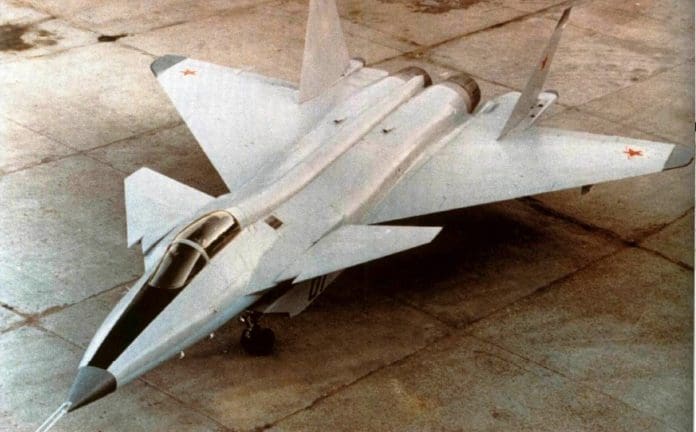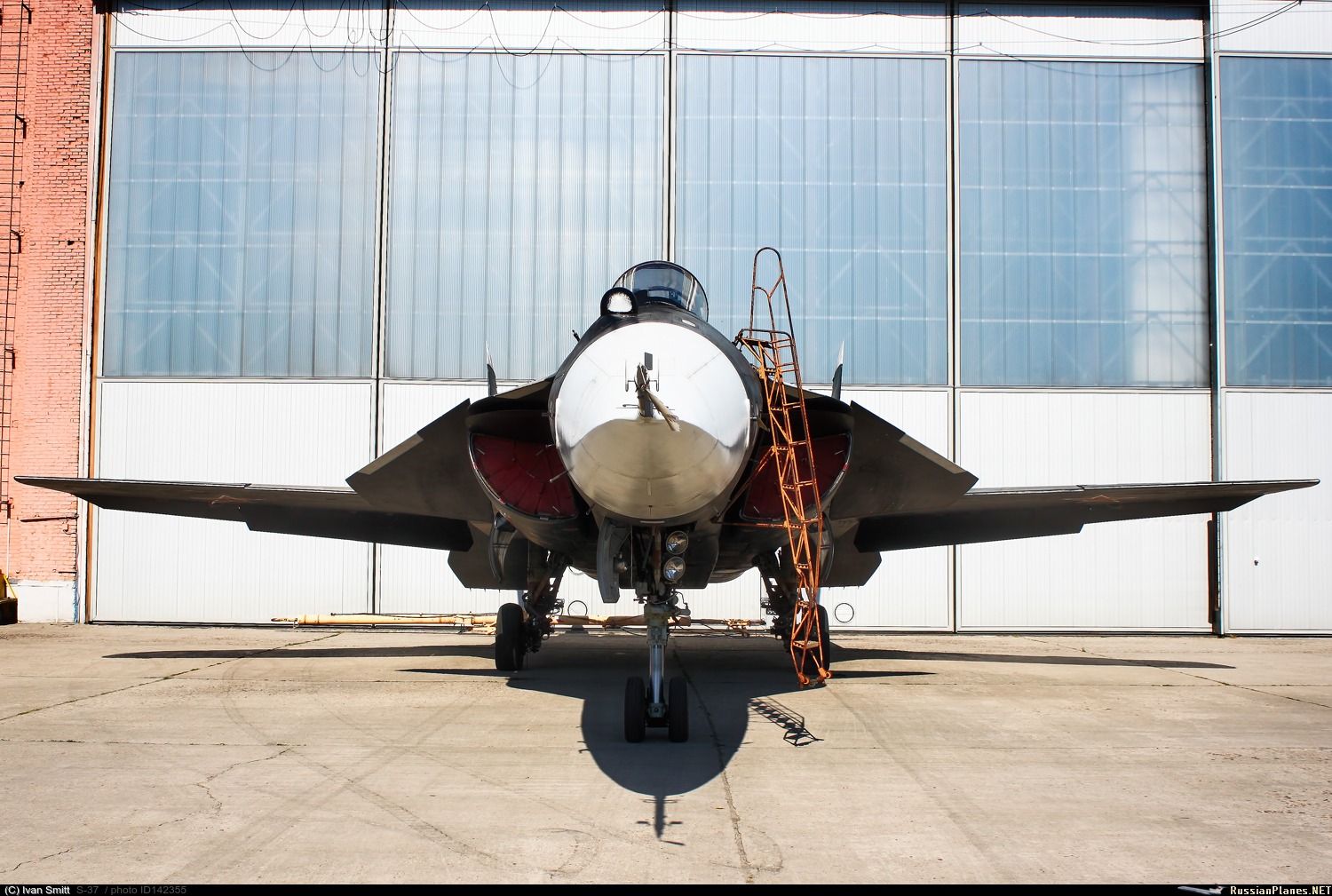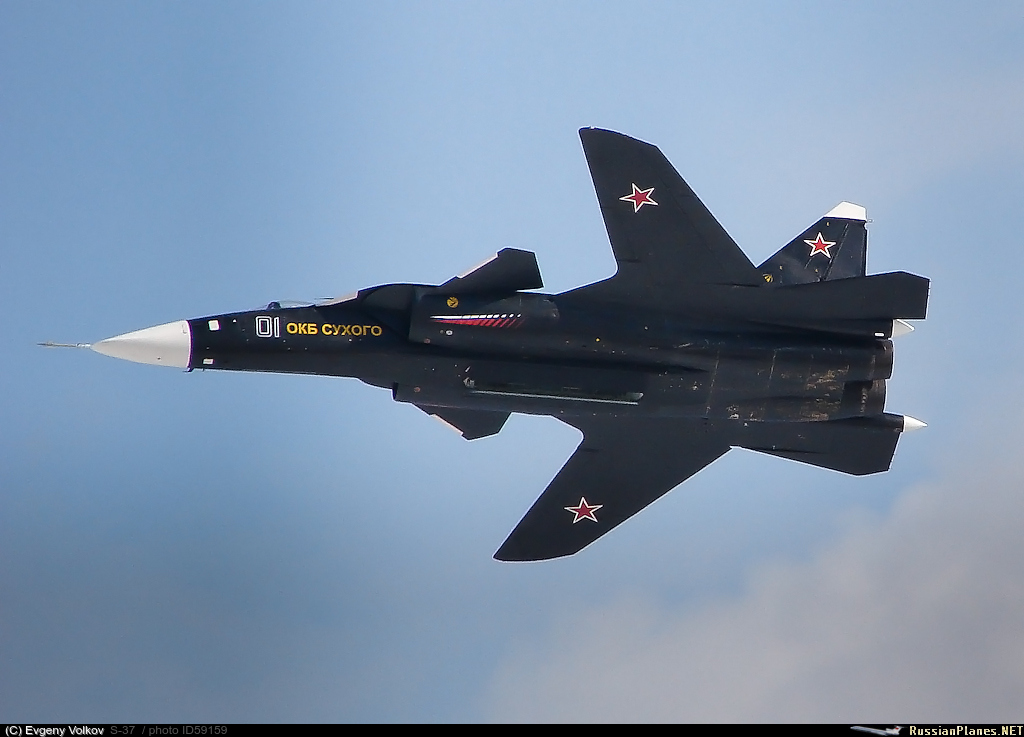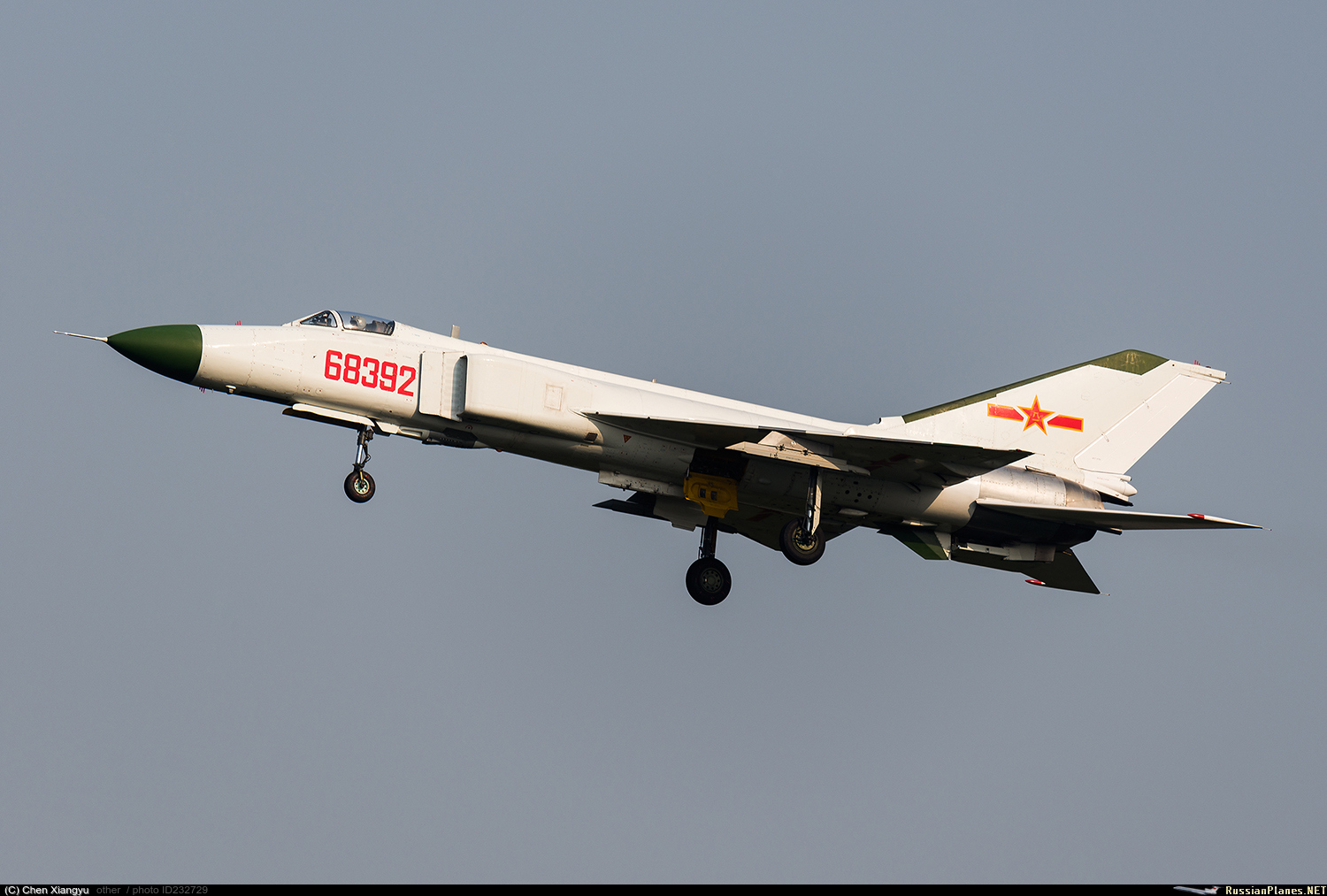Estás usando un navegador obsoleto. No se pueden mostrar estos u otros sitios web correctamente.
Se debe actualizar o usar un navegador alternativo.
Se debe actualizar o usar un navegador alternativo.
Club de los cazas de posguerra sin Club
- Tema iniciado Grulla
- Fecha de inicio
BUFF
Forista Temperamental
Si existe un Thread muévanlo de acá...
Este tiene más Nombres que Vuelos
del FB de Monumental Maquetas
...
Este tiene más Nombres que Vuelos

del FB de Monumental Maquetas
...
Ahhh Bue... No necesitas repetir Post... ¿NO?
Abrazo...
Era por si no lo habían visto
Muy buena foto
SU-30MK2del Grupo de Caza N°11 DIABLOS-AMB
Falta el FullbackLa familia Sukhoi


Erik Simonsen
What Might Have Been - the 1960s: A conceptual operational USAF/NAA F-107D in SEA camouflage in formation with an F-107A (t/n 55122) - this test aircraft that was built after the initial three prototypes. The NAA F-107A was permitted to compete with the Republic YF-105A, which was a production aircraft - the F-105 prevailed. It is interesting to speculate 'what might have been'. Details are covered in Chapter 5 of the book, "U.S. Combat Aircraft Fly-Off Competitions". Ten Chapters of well known fighter/bomber competitions are featured. Erik Simonsen photo/illustration


What Might Have Been - the 1960s: A conceptual operational USAF/NAA F-107D in SEA camouflage in formation with an F-107A (t/n 55122) - this test aircraft that was built after the initial three prototypes. The NAA F-107A was permitted to compete with the Republic YF-105A, which was a production aircraft - the F-105 prevailed. It is interesting to speculate 'what might have been'. Details are covered in Chapter 5 of the book, "U.S. Combat Aircraft Fly-Off Competitions". Ten Chapters of well known fighter/bomber competitions are featured. Erik Simonsen photo/illustration


Erik Simonsen
What Might Have Been: A hypothetical view of an operational USAF/Lockheed F-90A without tip tanks on a test flight. The Lockheed XF-90 competed against the McDonnell XF-88 and NAA YF-93A in the late-1940s, early 1950s "Penetration Fighter" contract. All the competitors suffered from inadequate engine performance. The "Penetration Fighter" requirement was subsequently cancelled, but later emerged with the more advanced McDonnell F-101A Voodoo. Details are covered in Chapter 3 of the book, "U.S. Combat Aircraft Fly-Off Competitions", by Erik Simonsen. In all, the book features Ten Chapters of historic fighter/bomber competitions. Erik Simonsen photo/illustration

What Might Have Been: Although the Republic XF-103 only reached the mockup stage during the early 1950s, here are two conceptual operational USAF/Republic F-103As from the 94th FIS. The F-103 would have had a dual-cycle turbo-ramjet engine capable of Mach 4 at 75,000 ft. – the initial takeoff and cruise to intercept would be handled by an air-breathing Wright turbojet – for the high-speed approach to final intercept the ramjet would kick in – for the return to base the turbojet would be restarted. Very unique, but the Air Force thought the technology was not ready. Erik Simonsen photo/illlustration

What Might Have Been: A hypothetical view of an operational USAF/Lockheed F-90A without tip tanks on a test flight. The Lockheed XF-90 competed against the McDonnell XF-88 and NAA YF-93A in the late-1940s, early 1950s "Penetration Fighter" contract. All the competitors suffered from inadequate engine performance. The "Penetration Fighter" requirement was subsequently cancelled, but later emerged with the more advanced McDonnell F-101A Voodoo. Details are covered in Chapter 3 of the book, "U.S. Combat Aircraft Fly-Off Competitions", by Erik Simonsen. In all, the book features Ten Chapters of historic fighter/bomber competitions. Erik Simonsen photo/illustration

What Might Have Been: Although the Republic XF-103 only reached the mockup stage during the early 1950s, here are two conceptual operational USAF/Republic F-103As from the 94th FIS. The F-103 would have had a dual-cycle turbo-ramjet engine capable of Mach 4 at 75,000 ft. – the initial takeoff and cruise to intercept would be handled by an air-breathing Wright turbojet – for the high-speed approach to final intercept the ramjet would kick in – for the return to base the turbojet would be restarted. Very unique, but the Air Force thought the technology was not ready. Erik Simonsen photo/illlustration

Mikoyan Gurevich MiG 1.42, la respuesta soviética al F-22 – Parte 2
https://www.zona-militar.com/2018/0...-1-44-la-respuesta-sovietica-al-f-22-parte-2/

https://www.zona-militar.com/2018/0...-1-44-la-respuesta-sovietica-al-f-22-parte-2/

J-29 pasando bajo en el congo 1963


Un millar de aviones derribados o cómo el caza MiG-15 se convirtió en leyenda
Durante la guerra de Corea (1950-1953) la aviación soviética demostró su supremacía en el aire sobre la estadounidense gracias al caza de reacción MiG-15 y a la sobresaliente pericia de sus pilotos.
https://mundo.sputniknews.com/prensa/201801061075235678-guerra-corea-urss-eeuu/

Durante la guerra de Corea (1950-1953) la aviación soviética demostró su supremacía en el aire sobre la estadounidense gracias al caza de reacción MiG-15 y a la sobresaliente pericia de sus pilotos.
https://mundo.sputniknews.com/prensa/201801061075235678-guerra-corea-urss-eeuu/

Motocar
Colaborador
Corto video del perdedor para el programa ATF de la USAF el Northrop-McDonnell Douglas YF-23, en el se pueden apreciar muchas de sus innovadoras caracteristicas y otros detalles no menos importantes. Compartido desde el foro:
https://www.secretprojects.co.uk/forum/index.php/topic,1092.0/all.html
https://www.secretprojects.co.uk/forum/index.php/topic,1092.0/all.html
Última edición:
Temas similares
- Respuestas
- 103
- Visitas
- 9K
- Respuestas
- 54
- Visitas
- 11K
- Respuestas
- 36
- Visitas
- 5K
- Respuestas
- 188
- Visitas
- 23K
- Respuestas
- 3
- Visitas
- 5K









